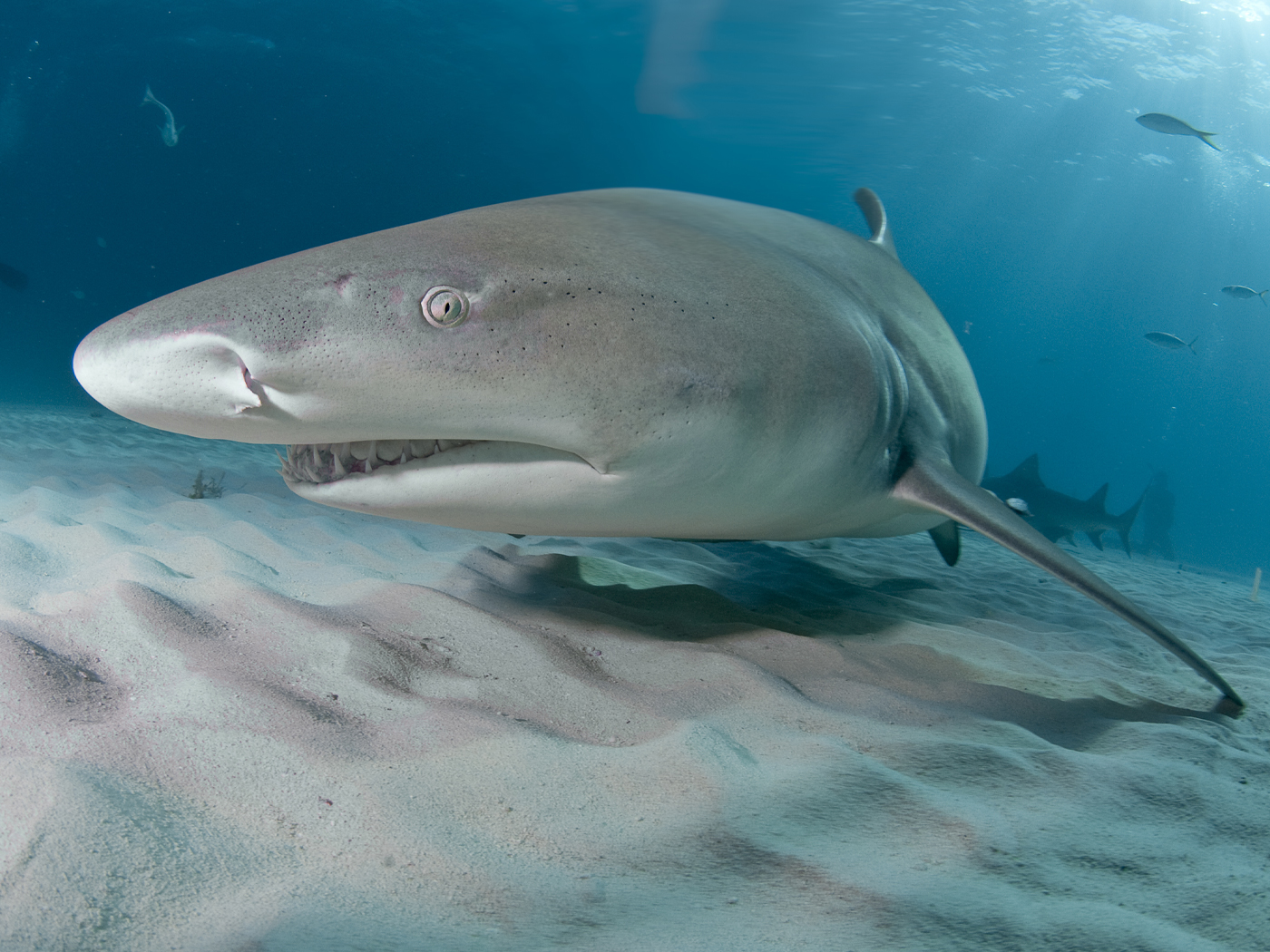Perhaps the most familiar butterfly to nature lovers around the world is the orange-winged monarch butterfly. This beautiful creature reigns supreme because: (1) it lives longer, (2) travels farther, (3) has a wider distribution over the earth, and (4) has a more beautiful pupa than any other butterfly.
The four developmental stages in the life cycle of the monarch butterfly are the egg, the caterpillar (larva), the pupa (chrysalis), and finally, the emergence of one of the most beautiful creatures on Earth, the butterfly. Female butterflies begin the next cycle when one small, pin head sized, white egg is laid underneath the leaf of a milkweed plant -- a plant which is poisonous to most creatures. Inside the egg the caterpillar begins to develop, drawing upon the yolk material inside the egg for nutrition. After three to five days, this caterpillar eats a hole in the egg case and emerges onto the leaf surface.
At this stage, the caterpillar is about 0.1 inch long and weighs about 0.55 milligrams. Nine chocolate-colored rings encircle its grayish body; it has a black head, three pairs of front true legs with claws, and five pairs of prolegs extending backwards, adding a unique and functional form to the body. It also has a mouth, stomach, and silk gland, among other parts characteristic of a full-grown caterpillar. The caterpillar usually eats more of its egg case, and then the milkweed leaf. Rapid growth leads to four or five molts -- the shedding of its external skin.
In about 20 days, the butterfly's weight has increased to 1.5 grams, or 2700 times its weight when it emerged from the egg. At about two inches long, with yellow, white, and black stripes on its body, it stops eating and spins a white silk pad on a stiff object, attaching itself by its two rear prolegs to the silk pad. It then hangs head down in a J-shape position in a seemingly inactive stage for approximately 12 hours.
At the end of this period in its cycle, the caterpillar begins to convulse in rhythmic jerks, breaking off its outer skin. During this stage in its development, its 16 legs and head capsule (with 6 eye lenses) are shed in about 60 seconds, giving rise to a pupa, or chrysalis, about 1 inch long and about 0.4 inches in diameter. The chrysalis, at this point, is jade green, with about 24 metallic appearing gold spots (the gold crown) surrounding half of its upper abdomen. There are 12 metallic-like gold spots on the remaining parts of the chrysalis, all of which are necessary for the normal development of the butterfly.
The caterpillar enters the chrysalis stage without vision, because the head capsule was discarded with its six simple eyes, so it can now only distinguish light from darkness. The inside portion of the chrysalis, below the gold crown, turns to a jade green liquid within the first 16 hours, as the caterpillar's stomach, intestines, and most all of the other internal parts disintegrate. In the center portion of the gold crown area is a red heart, about 0.1 inches in diameter, surrounded by a yellowish substance. This heart pulsates at about 40 to 60 beats per minute. The thin outer chrysalis layer contains cells which later develop into the wings of the butterfly. One can see the outline of the beginning wings through the somewhat transparent outer shell. This thin outer shell has a pattern of lines which mark the position of the future butterfly proboscis, first and second pair of legs, and two antennae. These lines are clearly seen from the outside, but they never really become part of the butterfly, remaining, instead, on the transparent shell after the emergence of the butterfly, and are apparently used only as a guide for building the butterfly proboscis, legs, and antennae. The proboscis is the tubular sucking organ, used to suck sweet nectar from the flowers it feeds upon.
After 8 to 14 days, the caterpillar emerges from the chrysalis in as rapidly as from 15 to 30 seconds. It extends its wings by pumping fluid from its abdomen into the wing veins, and is ready to fly in about 15 minutes. Once the wings dry, which takes approximately 2 hours, the butterfly is full grown, having been transformed into an entirely different creature from the caterpillar. It now has only six legs and four beautiful orange wings, which are surrounded by a narrow black border studded with white spots. The wingspread at the two forward wings is about 4 inches. Its body is about 1.3 inches long, 0.15 inches wide, and weighs about 0.41 grams. It has two compound eyes, each having 6000 lenses which are sensitive to all the colors of the rainbow, and even to ultraviolet light. It can see objects as small as a pin-head, because the female monarch butterfly won't lay an egg on a milkweed leaf if it sees another egg on it. It has a brain that can decipher 72,000 nerve fiber electrical pulses coming from the two eyes, into meaningful images. The very idea that such an intricate and complex system could have developed by natural selection or any other evolutionary mechanism is absurd.
The monarch butterfly can fly thousands of miles to its wintering location, and some tagged monarchs have been known to travel from Canada to the Neovolcanic Mountains of Mexico, a distance of 3000 miles. During autumn, the Eastern population of monarch butterflies (east of the Rocky Mountains) migrates southwest for two months to the Neovolcanic Mountains of Mexico. These monarchs cluster in trees from 9000 to 11,000 feet elevation for approximately 4 months, in freezing temperatures, from November to March. This wintering period allows them to hibernate, thus conserving their energy. During this interval they eat and drink little, thus enabling some of them to live as long as one year. During the spring, the eastern population of monarch butterflies migrate from Mexico northeastward towards the U.S. Some return the long distances to where they were born, while others fly only part of the distance to Texas or the lower southern states (first-generation monarchs), living and dying in approximately six weeks. The eggs that have been laid hatch into a second generation which continue the flight farther north, taking as many as four generations to fly as far north as Ontario, Canada. The last generation does not develop its reproductive organs, and therefore begins its autumn migration back to Mexico. When the female lays her last egg, her process of dying begins, so those in the 5th generation sustain the greatest longevity. The monarch butterflies are the only insects on Earth to migrate annually over continental distances, and it is estimated that over 300 million of these fantastic creatures migrate to Mexico every year. Their navigational systems are extremely complex to direct them as far as 3000 miles to a wintering site they have never seen, and then to guide them in the spring on their northeast travel to different parts of the U.S. and Canada. Evolutionism provides no believable explanation for such remarkable abilities.
Monarchs west of the Rocky Mountains, considered those of the western population, travel to the west coast from Baja California to north of San Francisco, while others of them come from British Columbia in the autumn to winter in California -- these, again, with life spans of approximately only six weeks.[1]
Two polar-opposite views are put forward to explain the order in the universe: the "chance" theory and the "design" theory of creation. The chance theory grew out of Greek philosophy as the Epicurean Hypothesis in about 400 B.C.[2] It received its strongest support from Darwin's theory of evolution, and is acclaimed today by materialists such as David L. Hull, who said: "Darwin's theory was one of the chief instruments in the final trivializaton of teleology."[3]
Design theory had its foundation in Scripture (Nehemiah 9:6), and has been championed by many scholars over time, including William Paley,[4] with his "Natural Theology" in the 18th century.
At least eight categories of design are put forward as evidence for a designer: order, purpose, simplicity, complexity, beauty, sense and cognition, information, and cosmic constants. "The design argument in analogy form is empirical or a posteriori. It makes an appeal to evidence in the form of generalizations."[5] An empirically based design statement by itself is unable to "prove" a designed universe with certainty.[6] But, as Denton says, "It is the sheer universality of perfection, the fact that everywhere we look, to whatever depth we look, we find an elegance and ingenuity of an absolutely transcending quality, which so mitigates against the idea of chance."[7]
When one examines the life and migration cycles of the monarch butterfly, it is easy to see design features which point back to a Designer. There is inexorable order in the repeatable progress of developmental stages. An incredible plan unfolds in the transforming pupal stage, through larval disintegration and reintegration to the miracle and beauty of a winged insect. Simplicity in feeding, complexity in navigation, beauty in coloration all speak of incredibly packed information in its genetic message. By whatever means it is drawn or directed to make such Herculean flights to its wintering grounds, there must be some type of implanted foreknowledge in its very being that makes it all possible.
- Fred A. Urquhart, The Monarch Butterfly: International Traveler, (Chicago, Nelson-Hall Inc., Publishers, 1987), Excerpts made for natural history and migration discussion.
- James E. Horigan, Chance or Design (New York, Philosophical Library, 1979) p. 30.
- David L. Hull, Darwin and His Critics (Cambridge, MA, Harvard University Press, 1973) p. 57
- William Paley, Natural Theology, From a Late London Edition (New York, American Tract Society, n.d.).
- J. P. Moreland, The Secular City, A Defense of Christianity (Grand Rapids, MI, Baker Book House, 1987) pp. 44-56.
- James E. Horigan, p. 50.
-
Michael Denton, Evolution: A Theory in Crisis (London, Burnett Books, Let., 1985) p. 342.
* Jules Poirier is a retired Design Electronics Engineer who has made extensive studies on the monarch butterfly. Dr. Kenneth Cumming is Professor of Biology and Dean at the ICR Graduate School.



















